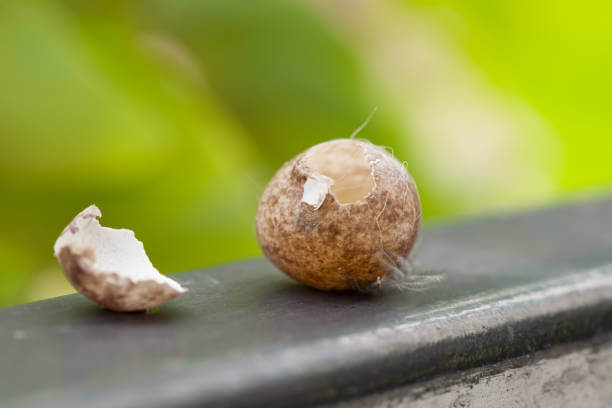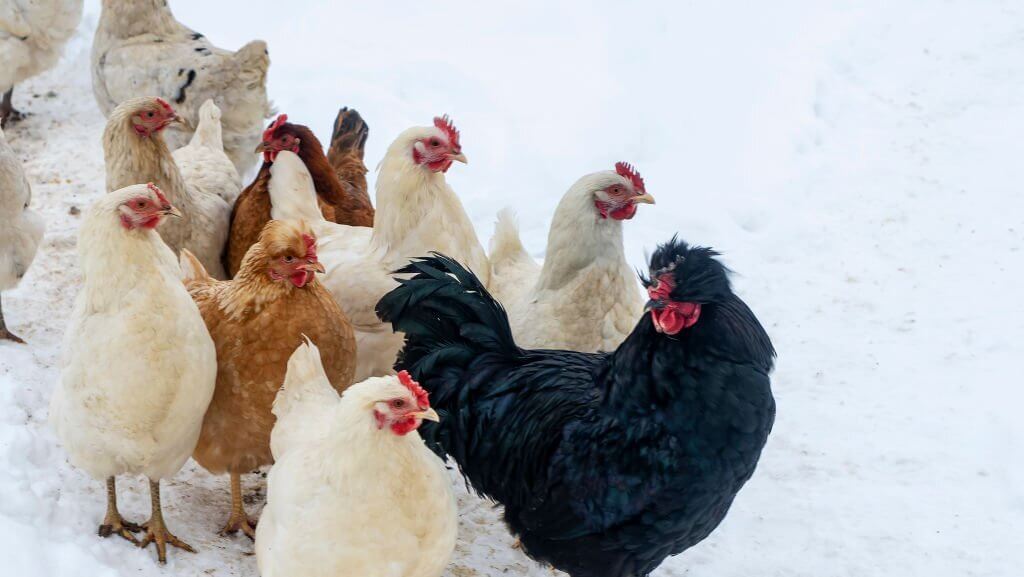Eggs stand as a global dietary staple, cherished for their versatility and impressive nutritional profile. However, the quality of an egg goes beyond its nutritional content—eggshell quality plays a pivotal role in both culinary pursuits and baking endeavors. In this insightful blog post, we will meticulously examine ten prevalent eggshell quality problems, providing actionable solutions to empower you in effectively managing these challenges.
Thin Eggshells
The occurrence of thin eggshells is a widespread concern rooted in factors such as hen age, nutritional deficiencies, and stress. To combat this issue, adopt a strategic approach by ensuring hens receive a meticulously balanced diet replete with essential calcium and Vitamin D. Additionally, offering crushed oyster shells as a calcium-rich supplement can bolster shell thickness.
Rough or Grainy Shells

Eggshells exhibiting a rough or grainy texture often point to suboptimal calcium absorption or abrupt dietary shifts. Counteract this by guaranteeing a steady supply of calcium-enriched feed and seamlessly transitioning hens to new diets. Prioritize the well-being of your hens through adequate hydration and stress alleviation measures.
Irregular Shell Texture
Irregularities in shell texture, such as bumps or ridges, stem from variations during eggshell formation. Elevate your hen management practices by cultivating a serene environment, sustaining a consistent dietary regimen, and ensuring ample nesting facilities. These measures collectively contribute to minimizing irregular shell formations.
Brittle Eggshells

Brittle eggshells can indicate calcium deficiencies or insufficient Vitamin D absorption in hens. Carefully review your hens' dietary intake to ensure they are receiving optimal levels of these essential nutrients. In some cases, directly supplementing their feed with Vitamin D may help strengthen eggshells by enhancing absorption. Maintaining proper mineral and vitamin levels is important for eggshell quality and the overall health and productivity of the flock.
Double-Yolk Eggs

Young hens often lay double-yolk eggs, reflecting their still-developing reproductive systems. As hormones fluctuate in adolescent birds, producing eggs with two yolks is a common phase. But have patience - this double feature will fade. In time, as the hens mature, hormonal equilibrium returns and their egg-laying patterns normalize. Double-yolks in early egg production are a natural part of a pullet's growth. Rest assured her single-yolk eggs will be back for good soon!
Shell-Less or Soft-Shell Eggs
Soft or shell-less eggs often ha ppen when the egg moves too quickly through the hen's reproductive tract, not allowing enough time for the shell to fully develop. Provide a stress-free environment and proper nesting areas to avoid interrupting their laying time. Assess your flock's health regularly too - illness and vitamin deficiencies can affect shell quality. With attentive care and hen-centered housing, strong shells can become the norm, not the exception. Slowing down the egg's journey through tranquility and wellness lets each one finish with the hardy shell it needs.
Deformed or Misshapen Eggs

Deformities in eggs often trace back to genetic factors, nutritional imbalances, or stress. Prioritize a comprehensive approach encompassing superior dietary provisions, stress mitigation, and strategic breed selection to minimize the likelihood of misshapen eggs.
Wrinkled Eggshells

Wrinkled eggshells often stem from calcium deficiency, stress, or the age of young hens. Boosting calcium intake through balanced diets or supplements, creating stress-free environments with proper nesting spaces, and monitoring flock health can address these causes. Patience as hens mature and seeking expert guidance if needed further contribute to minimizing wrinkled eggshell occurrences for better overall egg quality.
Discolored Eggshells
Discoloration in eggshells can arise from dietary imbalances or the use of certain medications. Variations in feed components can affect pigments in eggshells, leading to color changes. Medications given to hens might also impact shell color due to chemical interactions.
Dirty or Stained Eggshells

Dirty or stained eggshells stem from inadequate nesting conditions or subpar cleaning practices. Uphold impeccable hygiene standards through well-maintained nesting spaces and prompt removal of soiled eggs to deter bacterial proliferation.
Conclusion
Eggshell quality is the cornerstone of both egg production and culinary satisfaction. By proactively addressing these prevalent eggshell quality challenges, ranging from thin shells to discoloration, you are poised to cultivate a continuous supply of premium-quality eggs. The amalgamation of optimal nutrition, stress management, and meticulous care engenders a harmonious environment for hens, ultimately leading to eggs that not only excel in taste but also stand as testaments to their flawless quality. Approach eggshell quality issues holistically, recognizing that success lies in comprehensive hen management strategies.



Leave a comment
All comments are moderated before being published.
This site is protected by hCaptcha and the hCaptcha Privacy Policy and Terms of Service apply.